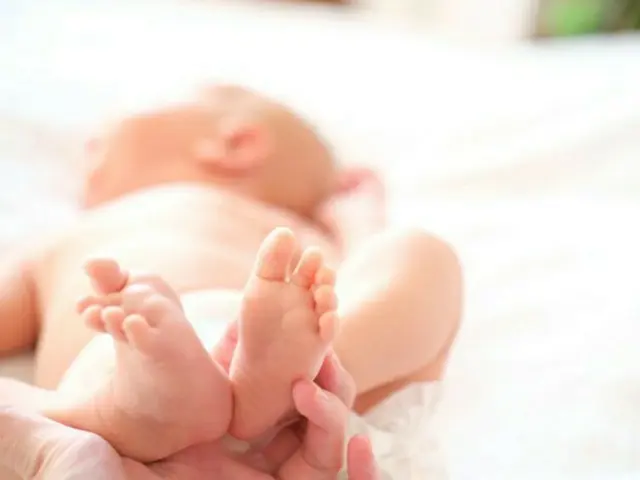While the Korean media has reported that "the seemingly endless decline in the birthrate has finally come to an end" (JoongAng Ilbo), "there are doubts as to whether the recovery trend will continue in the future" (Hankyoreh).
South Korea's birth rate was 1.74 in 1984, the first time it had fallen below 2. In the 2000s, it fluctuated between 1.1 and 1.3, and in 2018 it finally fell below 1 at 0.98.
Among the member states of the Organization for Economic Cooperation and Development (OECD), only South Korea has a birth rate below 1. The rate has not been curbed since 2018, reaching 0.84 in 2020 and 0 in 2021.
In 2022, it will reach 0.78, and in 2023, it will reach a new low of 0.72. The main reason for the declining birthrate is said to be the decrease in the number of people getting married.
In Korea, where education is highly valued and job hunting is difficult, the gap between rich and poor has widened as a result of fierce competition, and there are many cases where people are unable to take the plunge into marriage or childbirth due to financial insecurity.
The term "3-po" was coined to mean giving up on marriage and childbirth. In Korea, the idea that child rearing is the mother's job still remains, and if one gets married, they are expected to shoulder the burden of child rearing and housework all at once.
Some women are said to be hesitant to get married due to concerns that they may be reluctant to marry. Also, as lifestyles become more diverse, some women choose not to get married, and this is also a value that should be respected.
It is true that we are now in an era when we should do so. The declining birthrate emerged as a major social issue in South Korea in the early 2000s.
The government has been working hard on combating illicit trade disputes since the Yoon Seok-yeol administration took office in 2022. In June last year, the South Korean government launched the "Low-level
The National Assembly of Korea held a committee on childbirth and an aging society and declared a national demographic emergency. In September of last year, the National Assembly of Korea passed three laws to support childrearing: the Act on Gender Equality in Employment and Support for the Balancing of Work and Family, the Employment Insurance Act, and the
In order to reverse the declining birthrate, the government passed a bill to amend the Labor Standards Act. In order to promote measures to support the balance between work and family life, such as extending childcare leave and expanding maternity leave for spouses, the government established a systemic foundation.
According to an announcement by the Korea National Statistical Office on the 26th, the number of births in 2024 will be 238,300, an increase of 8,300 (3.6%) from the previous year.
The total fertility rate also rose 0.03 points from the previous year to 0.75. This is the first time in nine years that the rate has risen from the previous year. Experts have been praising the rate, and according to the JoongAng Ilbo, the government's "Low Birthrate and Ageing Society"
Professor Kim Young-mi of the Department of Social Welfare at Dongseo University, who served as vice chair of the committee, said, "It's not something to make a big fuss about, but it's a positive thing that things have started to turn around."
Professor Yeol-hee said, "The fact that the downward trend that had continued for eight years has come to an end is very significant," but added, "Compared to the level of decline up to now, the increase in the birth rate was so small that the reversal was successful."
"It is difficult to say for sure, and we need to keep an eye on it," Statistics Korea said. The improvement in the birth rate is likely due to people who had refrained from getting married due to the impact of the COVID-19 virus deciding to get married or have children.
The main reasons cited for this include the fact that the second baby boom generation, the so-called "second eco-friendly generation," and Professor Lee pointed out that "there is not much reason to be optimistic."
This is because the "boom generation" (born between 1991 and 1995) is entering the age of marriage and childbirth. Given that the number of births has been declining since peaking in 1996 and continues to decline sharply, this is a sign of a change in the demographic structure.
The Hankyoreh predicted that the effects of the policy will likely be short-lived in order to make the recovery in the birth rate sustainable. The paper pointed out that the lives of the younger generation need to improve.
According to the newspaper, Professor Yoon Hong-sik of Inha University, who specializes in social welfare, pointed out to the paper that "the government's measures to combat the declining birthrate are limited to preventing the birthrate from worsening any further."
"Unless housing and youth employment issues are resolved and conditions are created for young people to choose the life they want for themselves, it will be difficult to see a significant recovery in the birth rate," he said.
2025/02/28 10:39 KST
Copyrights(C)wowkorea.jp 5

